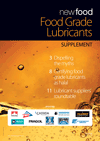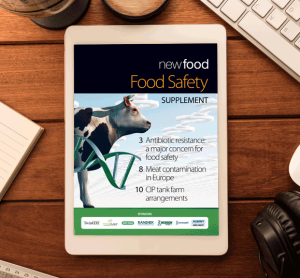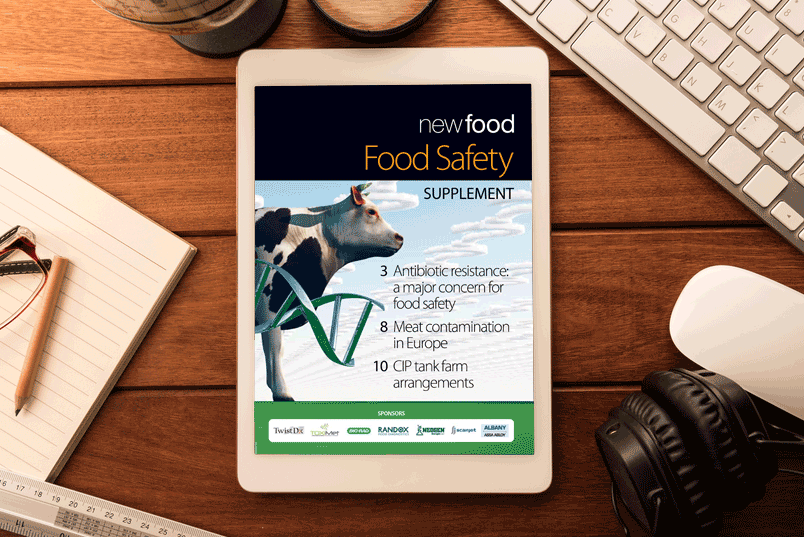Natural flavour ingredients
28 February 2013 | By Jane Parker, Flavour Centre, Reading University
The flavour of processed foods has changed significantly over the last 50 years. Think back to the days of the early stock cubes or the original powdered desserts which bore only a passing resemblance to the real flavour. Since then, the food industry has been involved in a continuous programme…









